Ideas for approaches to prevention, response and more
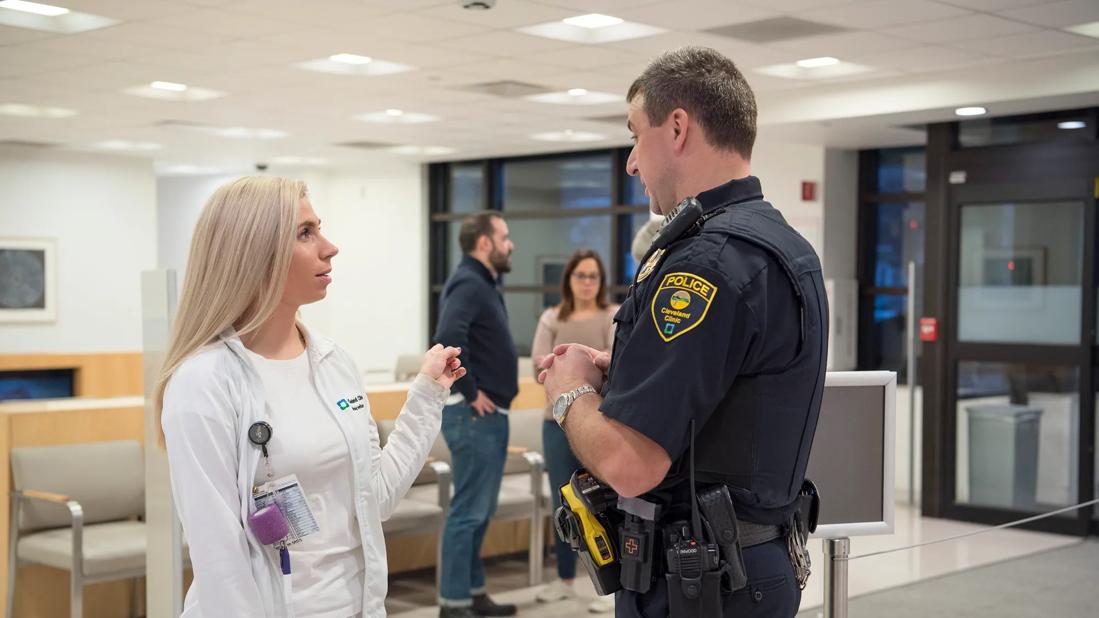
Throughout healthcare the ongoing and vital need to address workplace violence and ensure safe environments for caregivers remains a priority for healthcare organizations.
Advertisement
Cleveland Clinic is a non-profit academic medical center. Advertising on our site helps support our mission. We do not endorse non-Cleveland Clinic products or services. Policy
To educate caregivers about current and relevant safety topics, leaders from Cleveland Clinic’s Nursing, Protective Services, Ombudsman and Caregiver Offices recently hosted the health system’s second SHIELD healthcare safety conference. Part of the Patient Experience Digital Series, a collaboration between Cleveland Clinic and HIMSS, the virtual event focused on “when workplace violence and the healthcare experience intersect.”
During the 90-minute conference, Cleveland Clinic’s Chief Caregiver Officer K. Kelly Hancock, DNP, RN, NE-BC, FAAN, led three 30-minute sessions covering topics such as workplace violence, trauma-informed care, emergency management and general security.
As the first in a three-part series, the following recounts the conference’s first session, “Workplace Violence 101: Defining workplace violence in healthcare and sharing Cleveland Clinic’s streamlined and collaborative approach to prevention and response.” The session was hosted by Stephen Meldon, MD, Senior Vice Chair, Emergency Services, and Co-Chair of the Workplace Violence Prevention Committee. Featured speakers included:
“Workplace violence is any act or threat of physical violence, harassment, intimidation or other threatening disruptive behavior that occurs at the work site. It ranges from threats and verbal abuse to physical assaults and even homicide. Importantly, it can affect and involve employees, clients, customers (patients) and visitors,” said Dr. Schuster. She defined the four types of workplace violence:
Advertisement
Dr. Schuster stressed the importance of healthcare organizations establishing a workplace violence prevention structure, citing Cleveland Clinic’s structure, which includes leadership, a steering committee and local teams.
“At Cleveland Clinic, our leaders are committed to addressing workplace violence,” she said. “We have a central steering committee that drives initiatives and supports local teams regarding issues of workplace violence. We look at data, education and more, and our Chief Caregiver Officer, Chief of Protective Service and Chief of Staff are all involved in those discussions.”
Johansen agreed. “Leadership support is critical. The best thing we did at Cleveland Clinic was say ‘we won’t accept this anymore.’ This has a huge impact on engagement and safety and should be adopted by everyone – not just by HR or nursing leadership, but by everyone in the organization. Our CEO leads the charge and has a strong message to our caregivers that they have a voice, and we will support it.”
From administrators to managers, Cleveland Clinic’s workplace violence leader messaging aims to help caregivers feel safe at work. It focuses on caregivers’ health and wellbeing, eliminates potential victim blame, reaffirms that violence is not tolerated, and recognizes the impact violent events can have on all caregivers – not just those who experience it first-hand.
Cleveland Clinic has enhanced communications and other awareness activities throughout the health system based on insight and information compiled by the organization’s leaders.
Advertisement
“We offer caregivers a number of resources, including printable materials, online training and learning modules, annual data collection reports, best practices and more,” Dr. Schuster said.
Johansen outlined measures Cleveland Clinic has put in place to prevent workplace violence, including:
“We have trained 1,300 to 1,400 caregivers in the last two years,” Johansen said. “We also hired a hospital safety officer on each of our behavioral health floors to help prevent any attack or incident.”
Just as important as prevention in workplace violence events is response.
“How we respond to these things within our organizations and what you do after a workplace violence event is extremely important,” Kuzmickas said. “People often don’t talk about it, but it needs to be reported. So many times, nothing is done.”
Advertisement
To report serious safety events, Cleveland Clinic caregivers use a system (SERS: Safety Event Reporting System) that includes a process of filling out a safety event report, documenting the event in the patient’s chart or note, telling co-workers and managers about the event, and filing a police report. For extremely severe events, a “serious safety flag” is also created that requires a “hard-stop” for anyone caring for that patient. Caregivers cannot access the patient’s chart without first reviewing the safety concerns and recommendations on how to safely provide care for the patient.
Cleveland Clinic’s Ombudsman Office tracks all SERS events across the health system utilizing a workplace violence checklist where every aspect of the event is noted and documented. The office follows up with patients/visitors after an event to offer added assistance, ensure they understand that what they did was wrong, and take further action as needed (i.e. behavior agreement, restricted visitation, discontinue servicing the patient, etc.). When speaking with patients/visitors, the office follows a model known as HEART: Hear the story, Empathize, Apologize, Respond to the problem, Thank them.
Dr. Schuster added that one of the most notable keys to success regarding workplace violence is responding to the caregivers affected by the incident – listening to them, understanding what their needs are, and supporting them. Cleveland Clinic offers various physical and psychological resources designed to care for caregivers who’ve experienced workplace violence, while also preventing future events. For example, an SOS team provides moral distress and/or spiritual care. Caregivers also have access to victim advocates, bioethics, health and wellness, occupational health services, and more.
Advertisement
Johansen also suggested discussing the specifics of workplace violence events in internal council or committee meetings to help increase awareness of the event and better prepare for future events. Additionally, he recommended leaders visit the unit where the incident occurred, talk to caregivers about what happened, ask them how they are feeling, and inquire about what can be done to further support them moving forward.
Kuzmickas agreed. “Leadership needs to make this topic a focus. Don’t just report it into the system, learn from it and incorporate into daily huddles, weekly team meetings and monthly meetings. Talking about it enables us to learn from it and shows appreciation for the caregiver who went through it.”
Advertisement

Nurses play a pivotal role in Cleveland Clinic Connected, a global affiliation program aimed at sharing expertise

Nurse connects patients with Cleveland Clinic experts across the globe

Clinicians prepare to deliver lifesaving care in the face of public health threats

Phone triage system reduces call backs and delays in care
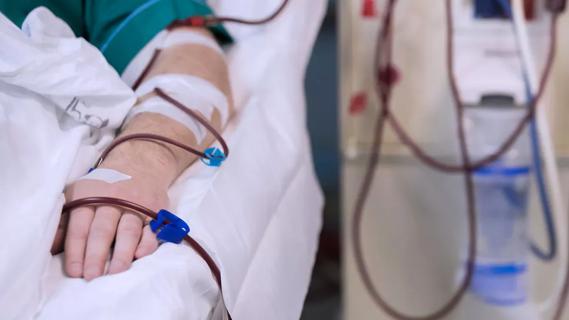
New protocol reduces costs, increases patient and caregiver satisfaction
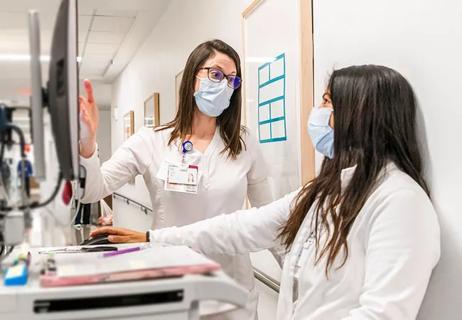
New options benefit caregivers, nursing units and patients
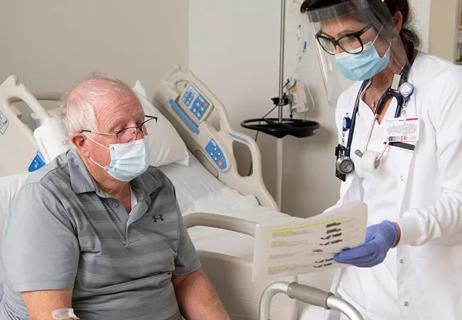
Nurses facilitate preoperative program to educate and prepare patients for ongoing care
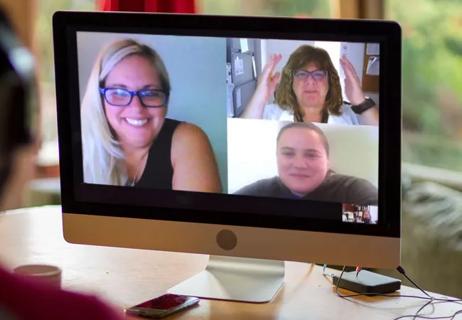
Introduces at-home work and new patient screening tool